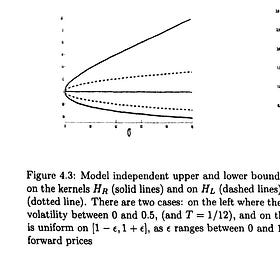Power Platforms or Feral Futures?
Conflict and Governance in the Energy Industry
Combining platform thinking with conflict theory gives us a useful framework to think about the complexity of the energy world and our place in it. Let’s develop this connection.
We may be getting tired of the word ‘platform,’ but that doesn’t stop the ideas we’ve been looking at from being interesting. And we’re still getting started… So we continue the series. This time original and LLM-content is merged. The audio and the written content went into rounds of iteration with original content.
Energy systems are not just complex, they can, as we know, also turn unruly. Rafael Ramírez and Jerome Ravetz define what they call feral futures: moments when the risks we thought we had tamed slip their leash.
See also this previous post on different kinds of uncertainty.
Energy Storage Systems and Variability Swaps, III.
This is the third post in a series reflecting on ‘variability’ in the short-term energy markets and on seeing energy storage systems as variability swaps in one way or another. See also Part 1, Part 2.
In this post, we want to think about how we might combine platform thinking with ‘better conflict’ frameworks to ensure our interactions are adaptive and resilient enough to bend when the system behaves unpredictably.
We’ve been working from the definition of a platform as an open architecture with rules of governance to facilitate value-creating interactions among different sides. In that framing, the decisive shift is not technology, but governance: how interactions are organised, who is invited in, who participates, and under what conditions.
When we look at the renewable energy transition through this lens, a simple question emerges:


